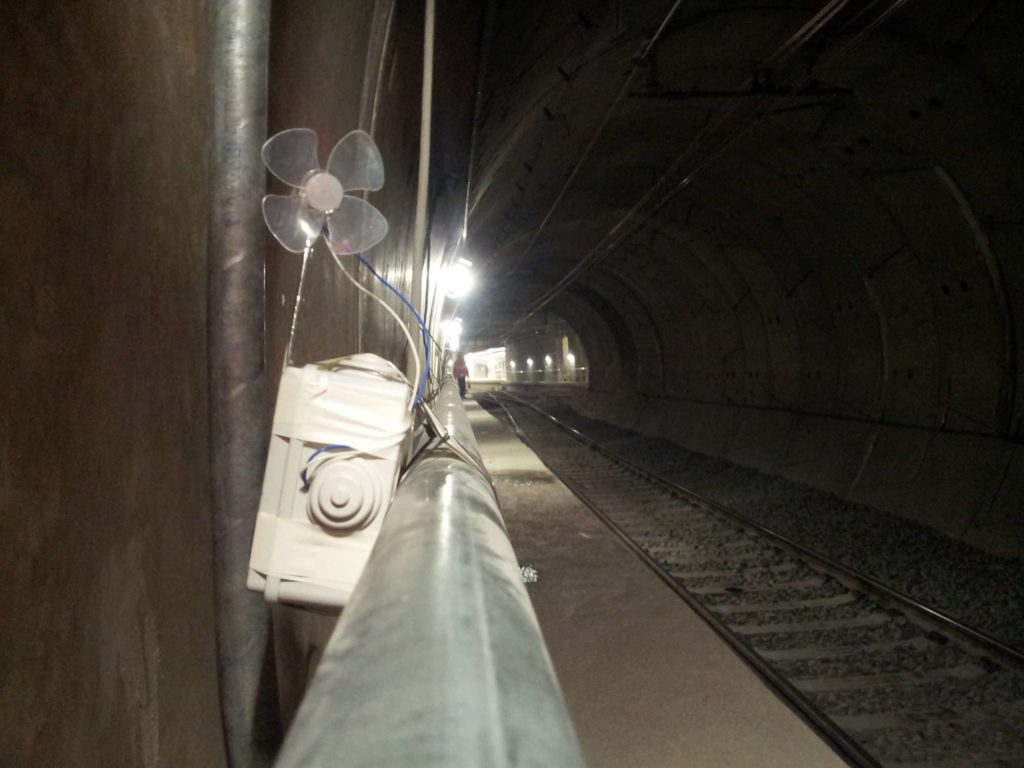Proper maintenance of infrastructure like busy bridges or towering office buildings is key for any community and especially important for major metro areas.
Unfortunately, keeping up with such infrastructure is a daunting task that could allow many structural issues that need to be addressed to fall through the cracks.
This could ultimately lead to expensive repairs or catastrophic foundation failures that could have been prevented had the integrity of key infrastructure been maintained properly.
There is no arguing that it would all be much easier if walls could talk.
That’s exactly what the team of researchers behind the GENESI project is trying to accomplish.
Walls still wouldn’t be able to share the latest gossip or give you a conversational companion, but they would be able to give accurate reports about their status.
GENESI, which stands for Green Sensor Networks for Structural Monitoring, is a project funded by the European Union that aims to put these new sensors on various structures in order to keep better track of a city’s infrastructure.
“Vibrating strain gauges, displacement meters, pressure sensors, temperature sensors, [and] soil moisture sensors” would be some of the devices used to give buildings, bridges and tunnels a voice.
GENESI has already rolled out two pilot projects to test just how functional the new sensors would be.
So far, the sensors are giving impressive results, but the maintenance has shifted from the buildings to the sensors themselves.
The devices require batteries that still have to be replaced more often than researchers would like.
Popular Science pointed out that even the most energy-efficient sensors could still pose a serious problem when it comes time to monitor and replace the batteries.
While some sensors feature small wind turbines that help garner energy for the device, others rely on manual labor.
“For all other sensors, whether tucked away in tunnel walls or nestled in dark unlit crevices under bridges, replacing batteries isn’t always the easiest task for humans,” Popular Science contributor Kelsey D. Atherton explained. “So that might be a future job for drones.”
While sensor upkeep could be a bit of an annoyance, it’s still a far better option than playing guessing games with major infrastructure.
For that reason, researchers are hoping to perfect the technology and see the sensors popping up in cities all across the globe.

